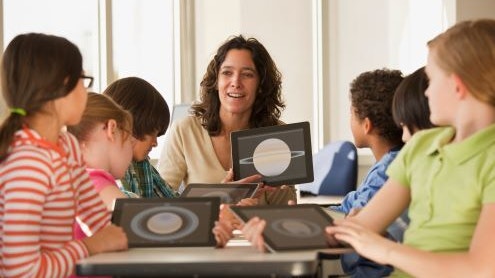Homepage
•
Learning Library
•
Blog
•
What every teacher should know about copyright law
Expand breadcrumbs
Expand breadcrumbs
- Learning Library
- Blog
- What every teacher should know about copyright law
- Homepage
- •
- Learning Library
- •
- Blog
- •
- What every teacher should know about copyright law
What every teacher should know about copyright law
By Jerry Fingal
October 11, 2019








